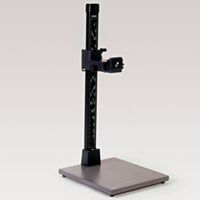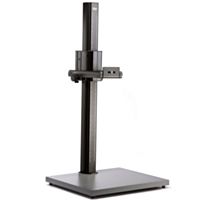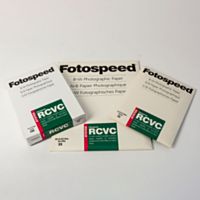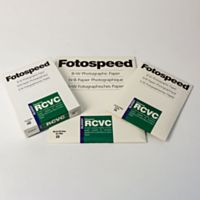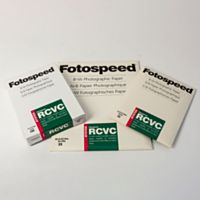Tony Worobiec : The Intimate Landscape (Part 3)
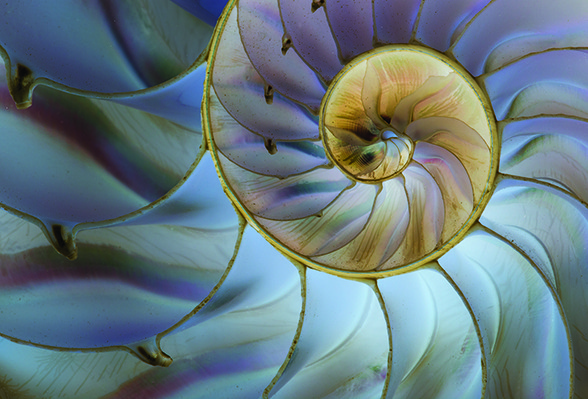
The potential for photographing indoors
Having discussed what can be achieved when taking one's permitted daily walk during this period of self isolation, and then featuring the range of subjects one might wish to consider in the privacy of one's own garden, some of you might be asking, what can we photograph when we are stuck indoors?
A good question, but essentially nothing changes, except possibly the scale of things you might wish to photograph. Identifying good photographic opportunities is about recognising interesting colour combinations, rich textures, subtle patterns etc, and in that sense it is no different from being out in a dramatic landscape. However, because you are much more familiar with the features within your home, it is easy to overlook their aesthetic potential.

Invert the image
For those of you who have ever shot on colour negative film, did you ever marvel at the evocative beauty contained in that little piece of celluloid when viewed as a negative, but then experience a sense of anti-climax when seeing the final print? You always have the option of retaining the image as a negative, and the process in Photoshop is ridiculously simple.
With your photograph on screen, simply go to Image > Adjustments > Invert. By completely inverting the colour and tonal values, you begin to introduce abstract qualities, which encourages you to view the familiar in an entirely new light. There is a precedence for this sort of work; it is a technique that was pioneered by the artist and photographer Man Ray back in the 1920s. If you are wondering what the source of the image above is, it's a nautilus shell.
Try multiple exposing and inverting
Once you abandoned the idea that your images have to be realistic, it is perfectly acceptable to mix your techniques. In my previous blog, I suggested that you try multiple exposing elements. In this blog, I am encouraging you to try inverting your image. If, however you are seeking a new ‘abstract’ reality, why not try both techniques using a single frame?
The secret to this genre of photography is to identify a subject that has very obvious visual elements. In this example I was drawn to the beautifully linear patterns on a potted cactus we have indoors. By using both multiple exposure and inversion, the emphasis on lines and rhythm becomes considerably more apparent.

Chasing Shadows
As already suggested, the most challenging aspect of this kind of photography is seeing the potential in very familiar circumstances. Ideally, you want subject matter that is forever changing and ephemeral, because this allows you to see it afresh.
In a previous blog, I included a picture of shadows captured within my own house; the variety this subject has to offer is frankly quite mind-blowing. You do not need a macro lens, or indeed any specialist lenses to capture interesting shadows. A standard 50mm lens will suffice.
With light pouring in through our windows, look for the fabulous effects you get with light streaming through net curtains, venetian blinds or shutters. The dancing light created by beams passing through frosted glass can prove especially appealing, and the truly great advantage of ‘chasing shadows’ is that it’s a subject that lends itself to being inverted.

Respond to the unexpected
Having just had a shower I was about to apply the cleaning spray, but then noticed the interesting droplets of water on the glass door. I quickly got dressed, grabbed my camera and macro lens and set about taking photographs.
Once you appreciate that an abstract image celebrates the visual elements such as colour, texture and pattern, you are much more willing to experiment with techniques such as multiple exposure and inverting. Equally important, the opportunities for taking worthwhile photographs exist everywhere, and whilst you might rue your misfortune of not being able to get out as much as you would like, don't stare a gift-horse in the mouth.
Your home can also offer fabulous opportunities for photography, particularly if you are prepared to be a little more creative. Have fun!
Check out more from Tony and other photographers here, and sign up to our newsletter here.


